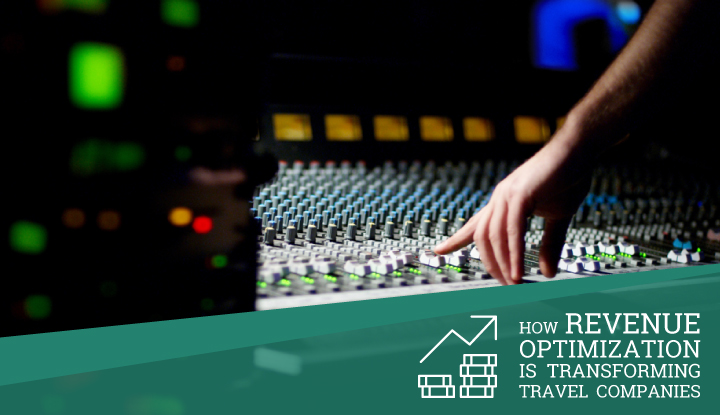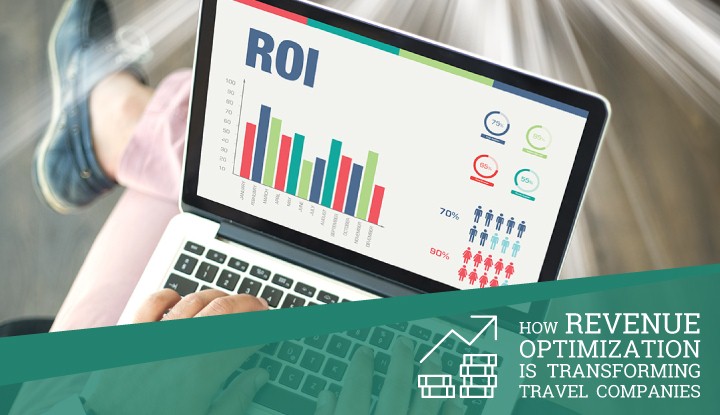Perform a self-assessment We recommend curtailing concerns by being smart about your optimization strategy shift.
Before tackling a day-by-day and ticket-by-ticket approach to revenue generation, agencies should do a self-assessment to help identify promising opportunities. As a start, all agencies should clearly understand their existing revenue sources. The main sources of agency revenue include claiming commissions, adding fare mark-ups, and applying service fees. Typically, agencies employ some combination of all three. Looking at the agency’s current revenue sources can help determine your ideal revenue path. Then, you can make timely and targeted adjustments at the point of sale—or what we call “smart retailing”—to make more money. There is a long list of what these retailing adjustments can be, but common ones include the price of product (like fare content), where the product is displayed in a shopping screen, or even how it is presented to travel consultants. A clear-eyed assessment of your agency’s operational health and attitudes regarding retailing is also helpful. What are the roadblocks to maximising revenue? Do consultants have too much freedom? Are there too many choices in ticketing? What are your agency’s long-term objectives and current financial health? Answering these questions will help identify what might hinder a well-designed revenue optimization strategy from actually working. Taking these steps is beneficial in another way: It begins to demystify a process that might otherwise seem too complex or unachievable. It’s not. Rather, it’s about doing the right amount of planning and making decisions one step at a time. In my next blog, we will outline the keys to smart retailing and the best practices to implement a successful revenue optimization strategy. Learn about the process and technology your revenue optimization strategy will need.
By Wren Ludlow
For a long time, travel agencies have equated revenue optimization with selling as many airline tickets as possible. In many ways, it was an understandable approach. Though it potentially involved missing out on a few dollars here or there, agencies figured they could remain competitive if they were able to maximise their volume consistently. .
It’s not a paradigm that works any longer. Indeed, with profit margins thin and competition as fierce as it has ever been, travel agencies need to embrace strategies that generate as much revenue as possible across every booking through smart retailing. Agencies simply can’t afford to leave any money on the table.
Make the shift
Granted, moving from a revenue strategy focused on volume to one that emphasizes efficiency through retailing is by no means inconsequential or easy. And the questions and concerns agencies have about changing course on a business approach as complex as revenue generation are as numerous as they are varied.
For small agencies, , the idea of devoting precious time and resources to devise and execute a revenue strategy that actually delivers on the promise of driving maximum revenue from each booking may seem bewildering and overwhelming.
Address concerns
No matter the size or sophistication of the agency, other legitimate concerns may stall a move away from volume toward smart retailing. For some, those worries may revolve around not only a lack of time and financial resources, but also how to measure whether any changes are working or not. Others wonder whether they can implement and measure a revenue optimization strategy by themselves, or will they require expert help from an outsider? Plenty of agencies will be reluctant to make any substantive changes to their revenue strategies without feeling comfortable that they understand that underlying data supports shifting their approach.




